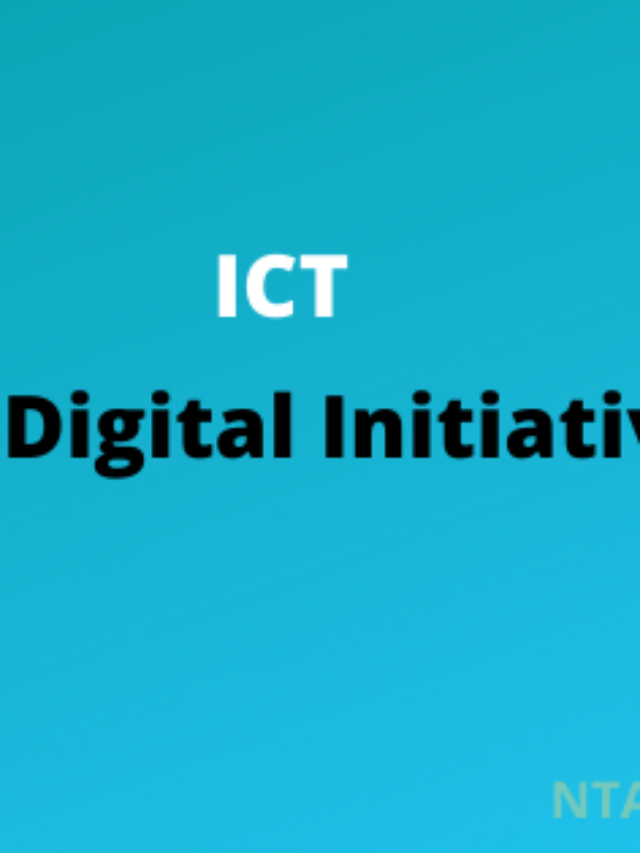Remote computing system involves the use of timesharing systems and
- (A) Real-time processing
- (B)Batch processing
- (C) Multiprocessing
- (D)All of the above
Remote computing system
- Remote computing systems are computer systems that allow users to access and use resources or services from a remote location.
- These systems can include remote desktop software, virtual private networks (VPNs), and cloud computing platforms.
- Remote computing systems can be used for a variety of purposes, such as accessing work files from home, collaborating with team members in different locations, and using powerful computing resources without having to physically access them.
- Remote computing systems rely on the Internet and other networking technologies to facilitate communication and transfer of data between the remote user and the remote resources or services.
Timesharing systems
Timesharing systems are computer systems that allow multiple users to simultaneously access and use the same computer and its resources. This is achieved by dividing the computer’s processing power and memory among the different users, allowing each user to execute their own programs and perform tasks simultaneously.
In a timesharing system, the computer uses a central processing unit (CPU) to execute instructions from different programs in rapid succession. The system is designed to give each user a slice of time to use the CPU and other resources, such as input/output devices and memory. The CPU switches between the different users’ programs, allowing each user to run their tasks concurrently.
Timesharing systems are commonly used in environments where multiple users need to access the same computer, such as schools, libraries, and business organizations. These systems are also used to run large-scale applications, such as scientific simulations and data analysis, which require a high level of processing power and resources.
Timesharing systems have revolutionized the way computers are used, allowing multiple users to efficiently share resources and collaborate on tasks. However, they also have some limitations, such as the potential for slower performance when there are many users accessing the system at the same time.
Real-time processing
Real-time processing is a type of computer processing that involves processing data and responding to it in real time, meaning that the response occurs within a set time period.
This is important in applications where a delay in processing or response could have serious consequences, such as in safety-critical systems or financial systems.
In order to achieve real-time processing, the system must be able to handle large amounts of data quickly and accurately.
This requires high-performance hardware and software, as well as efficient algorithms and data structures.
Real-time processing can be implemented in various ways, including using special real-time operating systems or using special hardware or software architectures.
It is often used in applications such as air traffic control, military systems, and financial trading systems
- Real-time processing refers to the processing of data as it is received, rather than storing it and processing it at a later time.
- This allows for quicker decision-making and faster response times, as the data can be analyzed and acted upon almost immediately.
Batch processing
Batch processing refers to the execution of a series of tasks or jobs in a predetermined order. It is a way of processing large volumes of data or tasks in a single batch, rather than processing them one by one.
Batch processing is typically used in situations where a large number of tasks need to be completed in a specific order, such as data processing or system maintenance. It is often used in conjunction with automated tools and scripts, which can be set up to run at specific times or intervals.
Batch processing can be used to improve efficiency and speed up the completion of tasks, as it allows for the simultaneous processing of multiple tasks rather than processing them one at a time. However, it also has some limitations, as it may not be suitable for tasks that require real-time processing or tasks that require user input or interaction.
Overall, batch processing is an important tool in computer science and is widely used in a variety of fields, including data analysis, system maintenance, and business operations.
Multiprocessing
Multiprocessing is the ability of a central processing unit (CPU) (or a single core in a multi-core processor) to execute multiple processes or threads concurrently, in parallel. This is achieved by creating multiple execution environments, or “processors”, within the CPU, each of which is able to run a separate process simultaneously.
Multiprocessing is used to improve the performance and speed of computer systems by allowing them to perform multiple tasks simultaneously. It is particularly useful in systems that require high levels of computational power, such as scientific and engineering applications, data analysis, and video rendering.
Multiprocessing can be implemented in a variety of ways, including symmetric multiprocessing (SMP), which involves multiple processors sharing the same memory and operating system, and asymmetric multiprocessing (AMP), which involves multiple processors with their own separate memory and operating systems.
In addition to improving performance, multiprocessing can also increase the reliability of a system by allowing it to continue running even if one of the processors fails. It can also improve the scalability of a system by allowing it to easily add additional processors as needed to handle increased workloads.
Remote computing system involves the use of timesharing systems and Batch processing












